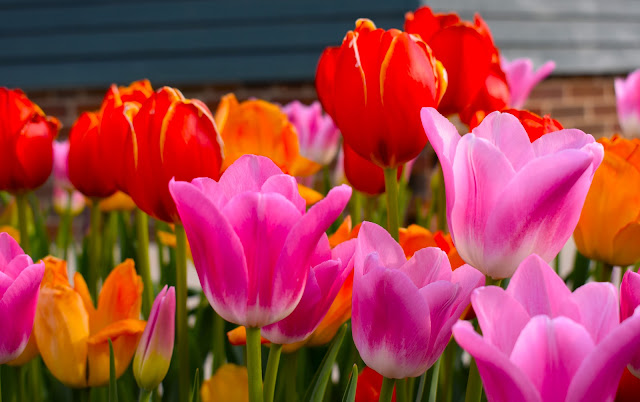Have you ever attended world-famous flower festivals like the lavender festivals in France or the cherry blossom festival in Washington D.C.? Let’s dive into the enchanting world of tulips and imagine the splendor of a tulip festival! This article is all about tulips, tulips, and more tulips!
Welcome to the Tulip Festival at Pella, a celebration that revolves around the breathtaking bloom of 350,000 colorful tulips in early spring. Rather than just about flowers the tulip festival has a rich history and vibrant traditions behind it.
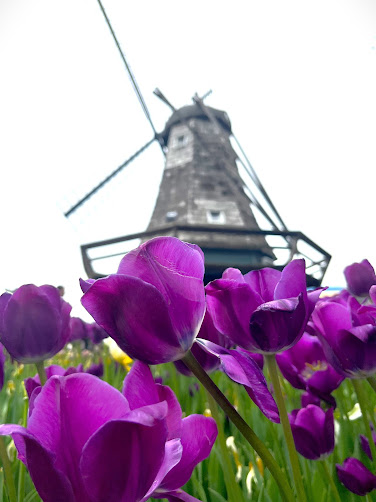 The festival takes place in Pella, USA, a town named after the biblical city of refuge. In 1847, a group of Dutch immigrants chose this name for their new settlement, consisting of approximately 800 individuals. They built in their town, Pella, while infusing it with Dutch flavors. Over time, the city expanded, witnessing the establishment of schools, churches, and a growing population. Windmills, iconic symbols of Holland, became one of the prominent Dutch influences in Pella.
The festival takes place in Pella, USA, a town named after the biblical city of refuge. In 1847, a group of Dutch immigrants chose this name for their new settlement, consisting of approximately 800 individuals. They built in their town, Pella, while infusing it with Dutch flavors. Over time, the city expanded, witnessing the establishment of schools, churches, and a growing population. Windmills, iconic symbols of Holland, became one of the prominent Dutch influences in Pella.
Today, Pella boasts a few working windmills, with the Vermeer Windmill being the largest. It is also one of the tallest functioning windmills in North America. Originally constructed in the Netherlands, the Vermeer Windmill was dismantled, shipped to Iowa, and reassembled in Pella in 2002. It stands tall with five floors, each dedicated to specific milling duties. Don’t miss the opportunity to climb up to the deck of the Vermeer Windmill for a breathtaking view of Pella!
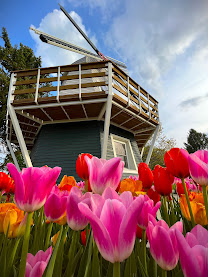 The first tulip festival took place in 1935, born out of the inspiration of a school opera called “Tupil Time in Pella”. The festival became an excellent opportunity to celebrate and promote the Dutch heritage of the town.
The first tulip festival took place in 1935, born out of the inspiration of a school opera called “Tupil Time in Pella”. The festival became an excellent opportunity to celebrate and promote the Dutch heritage of the town.
Interestingly, the initial tulip festival didn’t feature fresh tulips but instead showcased 125 wooden tulips placed around the square. Dutch antiques, songs, and Maypole drills added to the success of the first festival where tulip committees were then appointed to plan subsequent festivals.
While the early festivals lasted for five days, they were later condensed to three days, occurring on the first Thursday through Saturday of May each year. Every tulip festival crowns a tulip queen for the year, with the notion that “once a queen, always a queen.” The first tulip queen was Lenora Gaass, whose great-grandfather was one of the town’s founders.
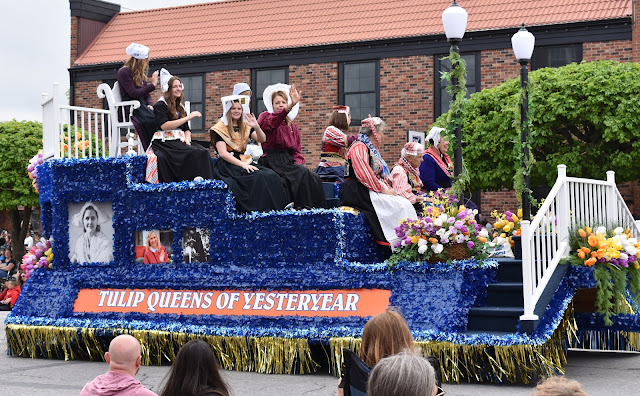
As the years passed, each tulip festival surpassed the previous one in size and grandeur. Additional flower shows, the Tulip Town Park (now Sunken Gardens), the Baby Parade, marching children, and the “Dutch Orphans” — a Miniature Dutch Village were added to the festivities.
During the period of World War II from 1943 to 1946, no tulip festivals were held in Pella. Instead, the money allocated for the festivals was sent to aid the victims in the Netherlands. The festival resumed in 1947, and in appreciation of Pella’s support during the war, they received 1000 wooden shoes and tulip bulbs from the Netherlands.
Today, the Tulip Festival at Pella involves the planting of 350,000 tulip bulbs each year, with most of them arriving from the Netherlands. Festival participants with Dutch origin proudly adorn themselves in traditional Dutch outfits and wooden shoes, adding to the cultural experience. The Tulip Parade stands as the highlight of the festival.
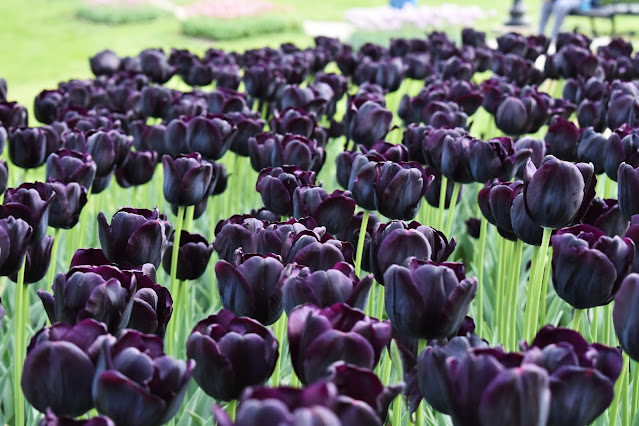
In the year 2023, the much-anticipated Tulip Festival returned to Pella for its 88th grand celebration. This time, the festival organizers had a special surprise in store for visitors: the introduction of exquisite black tulips. These rare and captivating flowers added an element of intrigue and elegance to the already mesmerizing display of vibrant blooms. These unique flowers, with their deep, velvety petals, added a touch of mystery and sophistication to the festival’s enchanting ambiance. The introduction of black tulips not only showcased the festival’s commitment to innovation and diversity but also served as a testament to the enduring allure of tulips as a symbol of beauty and resilience. As visitors immersed themselves in the festival’s vibrant atmosphere, they were able to witness firsthand the magical allure of these rare and extraordinary blooms.
